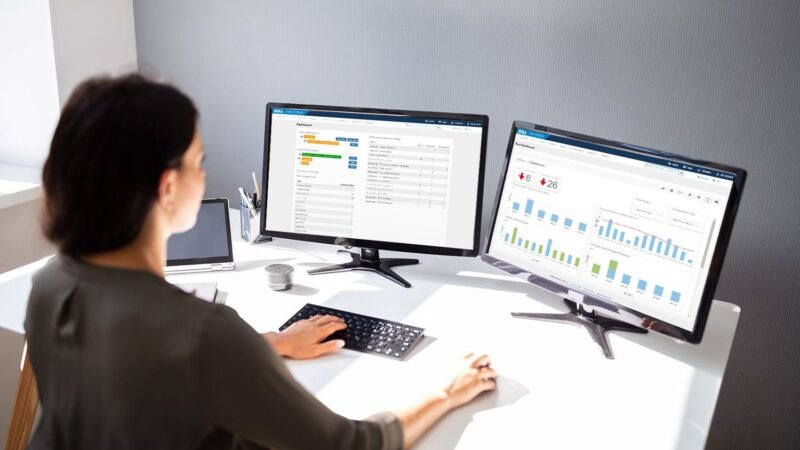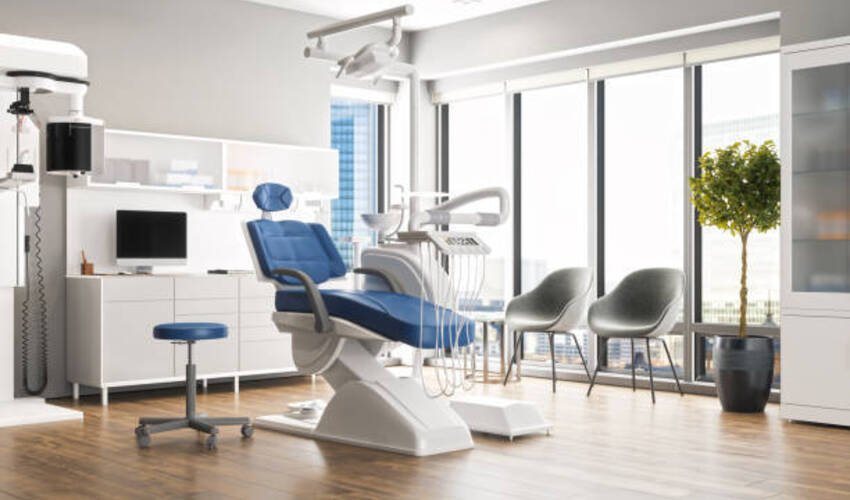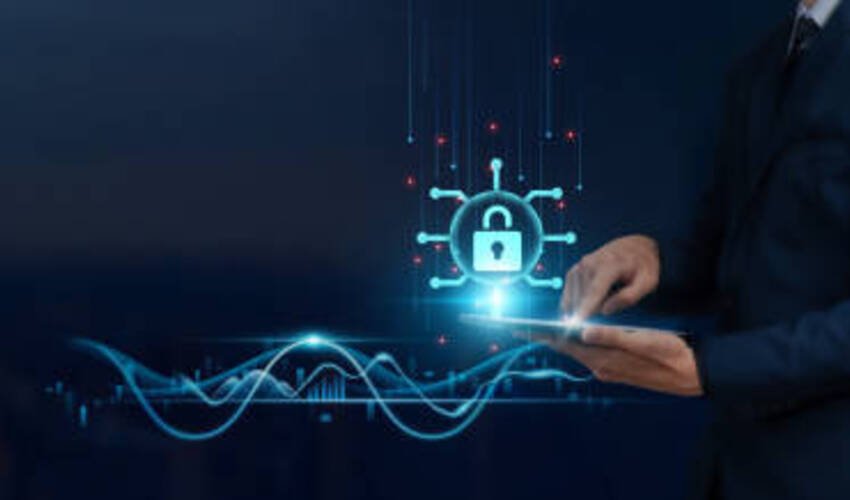During a medical emergency, documenting processes like logging call information and updating patient records can often get neglected when staff are in a rush to provide patients with the care they need. Keeping up with documentation and record-keeping is especially difficult for first responders making use of traditional paper forms. These forms are historically slow to fill out, difficult to decipher and keep track of, and vulnerable to human error. Luckily, emergency medical services agencies now have the option to greatly diminish the documenting difficulties when they use a proper EMS ePCR software.
At the most basic, ePCR (electronic patient care reports) software is a type of program that can be used on a tablet, computer, or other smart devices to capture and consolidate patient information for EMS. The best ePCR software providers even allow for meticulous customization of their programs to better meet the needs of particular client agencies. For a more detailed rundown on how a proper ePCR program should help first responders provide better care for patients, read on.
A More Efficient Workflow
One of the biggest benefits of ePCR software is that it’s designed to provide first responders with an efficient way to do their work. From the initial dispatch and treatment to documentation and debriefing, the software should come equipped with customizable forms and templates to streamline the process of recording patient information. It can then process this data automatically to save responders the time and effort of preparing and sending the report. Many types of ePCR software, such as the one provided by major developer Traumasoft, also come with digital billing capabilities. This feature readily converts data on medical treatment procedures into complete billing statements and invoices.
Secure Storage for Patient Records
A good ePCR software should offer you a safe and organized place to store any and all patient records logged by your EMS organization. All digital records entered into a particular software should be archived in the cloud on secure, encrypted servers, and can only be accessed by those with the requisite permissions. The software should also tracks all instances in which a file is opened, added to, moved, and otherwise altered by any user. These security features prevent the files in your archive from being mistakenly opened by the wrong people or tampered with by malicious actors.
Convenience and Accessibility On-The-Go
Carrying and keeping track of paper and pen documentation can be highly inconvenient, especially in high-stake emergency scenarios. ePCR applications, meanwhile, should be designed to be usable from anywhere and at anytime, where all you need is your device and internet access. Most iterations of the software should also be capable of running locally on your device’s operating system if you find yourself without an internet connection, and it should automatically sync your data in the cloud later once you get internet access. This empowers you to have all the digital forms and reports you might need close at hand whether you’re out in the field, in the hospital, or back at the office. Whatever the time, place, or situation, you can access these documents up quickly and efficiently.
Smoother Coordination with Hospitals
Recording and processing your patient information digitally means you can easily distribute records to emergency departments, attending doctors, and/or other partners when required. Instead of duplicating reports and recopying or encoding data—processes that are not only time-consuming but often prone to error—EMTs and hospital staff can prioritize patient care. Having timely access to complete, accurate patient data helps all care providers communicate more clearly with one another. From there, they’re able to decide more quickly on informed courses of action, and meet the patient’s needs more efficiently as a whole.
When hospitals and EMS agencies share treatment records and incident reports, they also create opportunities to learn more about how first responders operate out in the field. This shared data could help agencies identify strengths and weaknesses in their own operations and improve the quality of care they’re able to provide in future incidents.
More Complete Historical Data
The efficiency with which ePCR software is able to capture and process patient and incident data is unquestionably invaluable on the field. It’s worth noting, however, how this efficiency should also come into play in other parts of an EMS organization’s life. Having a full storage of complete, clean data allows administrative personnel to measure responders’ individual performance more accurately across shifts. They can also easily update incidents in the field and track changes of the organization’s performance and operations over time. This historical perspective is vital for when the organization needs to share important insight with the government, the media, industry experts, or members of the general public.
Conclusion
In many emergency situations, conditions can shift drastically in matters of mere seconds. It is therefore imperative that first responders be able to make quick, well-informed decisions about the exact kind of prehospital treatment a patient will need. As shown above, there are many ways that ePCR software can streamline and expedite documenting tasks to allow EMTs to provide a higher standard of patient care. The many conveniences this technology affords can make all the difference when it comes to how efficiently EMS personnel are able to respond to emergency calls and ultimately save lives.
Read Dive is a leading technology blog focusing on different domains like Blockchain, AI, Chatbot, Fintech, Health Tech, Software Development and Testing. For guest blogging, please feel free to contact at readdive@gmail.com.





